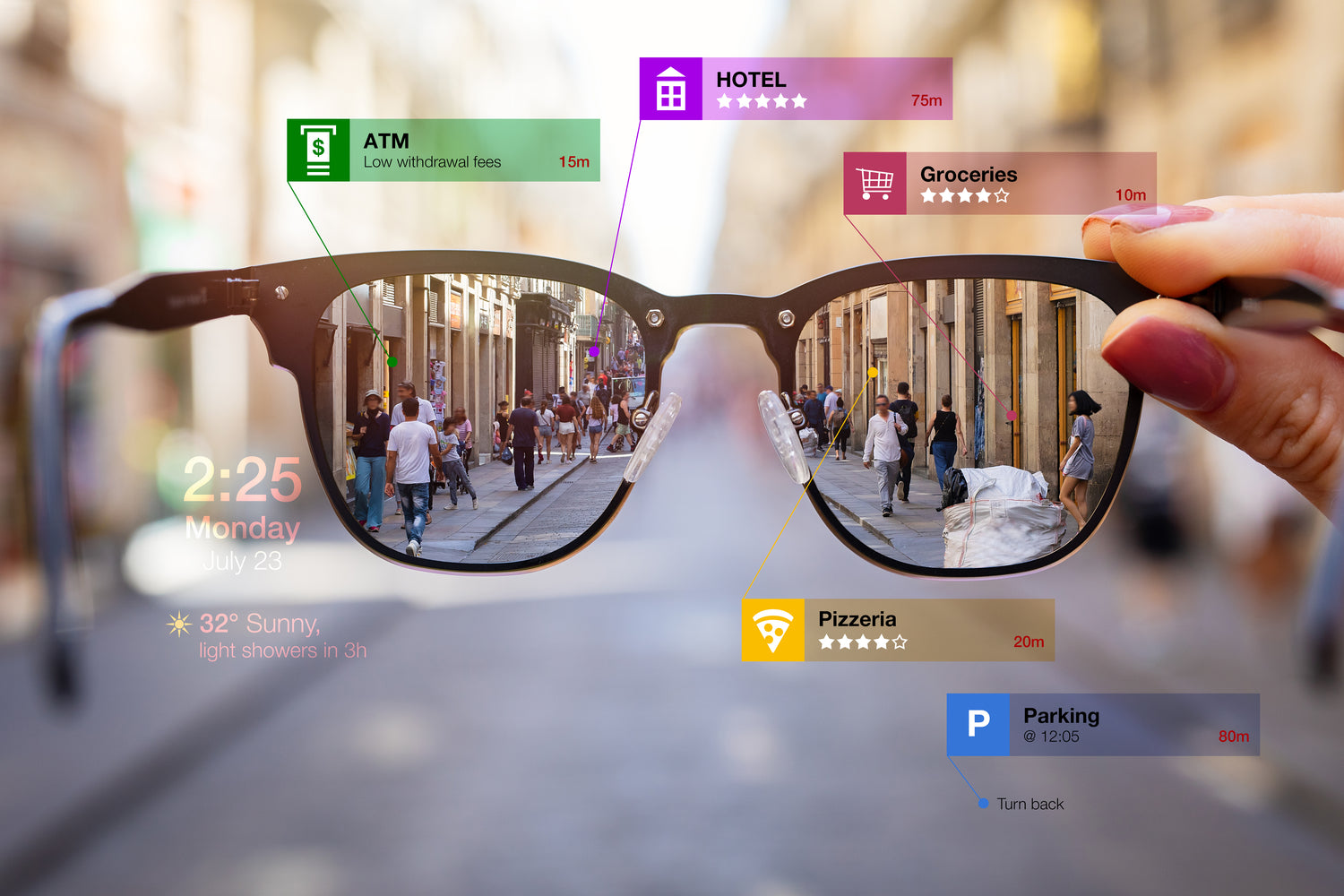
The core components of AR glasses
Augmented Reality (AR) glasses are a type of wearable technology that allows users to see digital information overlaid onto the real world. A typical AR glasses usually consists of a display, optical components, sensors, processor, battery, input devices, and connectivity.

Display: This is the component that displays digital information over the real world. AR glasses use various types of displays such as micro-displays, waveguide displays, or projection-based displays.
Optics: The optics in AR glasses are responsible for directing the light from the display to the user's eyes. They can include lenses, mirrors, and prisms.
Sensors: AR glasses use various sensors to track the user's movements and the environment around them. These can include cameras, accelerometers, gyroscopes, and depth sensors.
Processor: The processor is responsible for processing the data from the sensors and generating the AR content to be displayed. It can be a separate device or integrated into the glasses.
Battery: AR glasses require power to function, and typically include a rechargeable battery.
Input devices: AR glasses can have various input devices, such as touchpads, voice recognition, and gesture recognition, to allow users to interact with the AR content.
The components listed above are necessary for a pair of AR glasses. Of course, to create a complete set of AR glasses, you will also need materials such as resin and metal to make the lenses and frames, just like with regular glasses.
